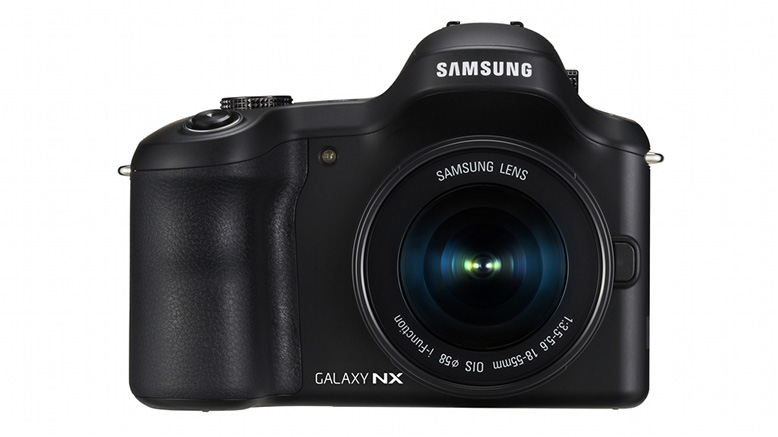Why you can trust TechRadar

Samsung has been sticking with the same sensor for quite some time now for its NX range of cameras. It's a pretty good performer, so it's not hard to see why.
Colours are excellently reproduced, being rich and vibrant without excessive saturation. Similarly, the amount of detail captured by the camera is impressive with the right lens attached. 20 million pixels also means you can crop a picture and still retain a good resolution.
Samsung's general purpose metering does a good job in the majority of situations, including some high contrast scenes. If you're finding that the camera is struggling slightly, switching to spot metering is beneficial.
The Galaxy NX comes packaged with an 18-55mm f/3.5 – 5.6 lens as standard. It's a reasonably good performer for a kit lens and makes for a decent carry-around lens. Images taken with it are sharp and detailed, and there's little sign of chromatic aberration or fringing.

Focusing is quick, though it still doesn't quite match the exceptionally quick speeds of the Panasonic and Olympus Micro Four Thirds cameras. Although accuracy is generally good, there were times when the first version of the camera's firmware that it didn't seem capable of picking the most appropriate autofocus point. For instance, while shooting a portrait, the camera would often choose to focus on a tree behind the model we were shooting. This was especially frustrating considering that even after setting the AF point yourself, the camera would reset after each shot is taken. In the new firmware upgrade, Samsung says that it has improved the focusing algorithm to make it more accurate. We found that to be true for the most part, with the camera accurately focusing on the area of the frame we wanted it to when letting it select its own AF point.
One of the biggest problems with the first version of the Galaxy NX was its processing speeds, with raw files sometimes taking up to 10 seconds write. The latest firmware appears to fix this a little, but speeds are still a little slower than we'd like. However, the problem of randomly dropping raw files seems to have disappeared, which is excellent news.
At first, we found shooting in "professional" mode, meant that after changing a setting, such as sensitivity, subsequent shots were not saved. The ability to take shots is obviously a fundamental part of the camera experience and so we were extremely pleased to see this problem fixed.
Unlike other models in the NX range, the number of creative options is a bit more limited. Perhaps this is because of the greater possibilities to download apps from the Google Play store if you want to edit shots. You can shoot panoramic shots though, which is good fun. Panoramic images are quite low resolution, but they're certainly good enough for sharing online and so on. Double exposures are also possible. It's worth exploring the different areas of the camera if you want to get a bit more creative, and of course, the amount of interesting photographic apps available for Android is pretty big.

Images are very good throughout the ISO 100-1600 range, with low noise and lots of detail. Above this, images are fine at small printing or web sharing sizes. At high sensitivities, such as ISO 3200, noise remains fairly low, but there is evidence of image smoothing and loss of detail.
The large screen is one of the selling points of the Galaxy NX, however it does suffer from glare and reflections, especially when using it in bright sunlight. Because you can't articulate or tilt the screen, it can be difficult to see what you're composing, and perhaps worse, the settings you're trying to change, in these conditions.
As you might expect, a camera which includes the Android operating system, requires a hefty battery life. The physical size and weight of the battery helps to explain the huge proportions of the camera. It's a decent performer, lasting almost all day, but less if you're using the Android portion of the camera a lot.

Current page: Performance
Prev Page Build quality and handling Next Page Image Quality and ResolutionAmy has been writing about cameras, photography and associated tech since 2009. Amy was once part of the photography testing team for Future Publishing working across TechRadar, Digital Camera, PhotoPlus, N Photo and Photography Week. For her photography, she has won awards and has been exhibited. She often partakes in unusual projects - including one intense year where she used a different camera every single day. Amy is currently the Features Editor at Amateur Photographer magazine, and in her increasingly little spare time works across a number of high-profile publications including Wired, Stuff, Digital Camera World, Expert Reviews, and just a little off-tangent, PetsRadar.

